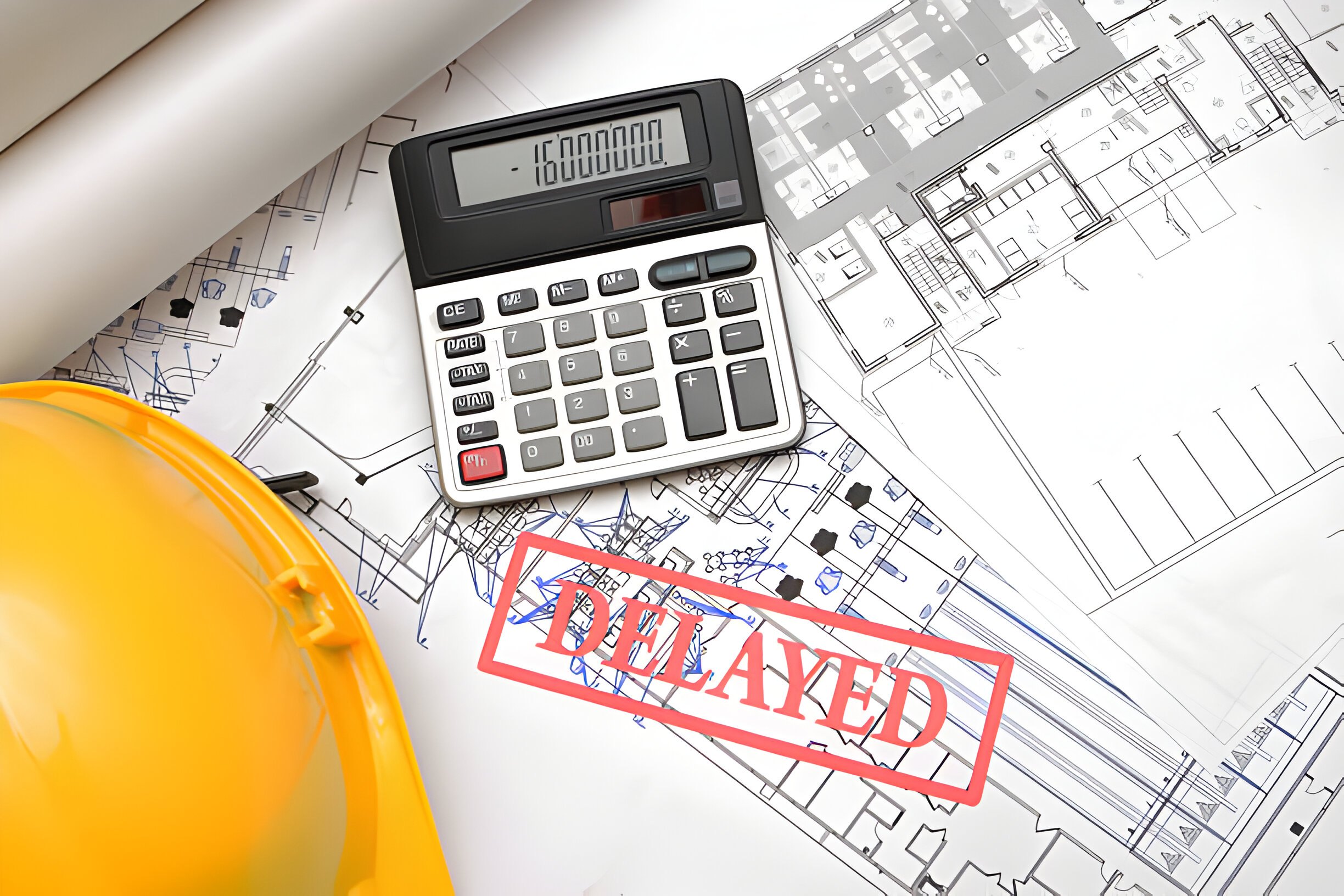Construction delays cost time and money and affect all parties involved. Prolonged meeting deadlines never excites homeowners and might result in a worn-down budget. Construction projects will remain on schedule through meticulous planning, advanced supply ordering, and effective communication between workers, subcontractors, and inspectors. This means regular meetings ensure the construction is going smoothly, the cost is controlled, and everyone reaches their targets more efficiently.
Ways To Reduce Construction Delays and Stay on Schedule
Careful Planning:
The groundwork you make right at the beginning of the project will greatly determine its ultimate success. Proper planning develops a map for construction that shows all the elements from the material procurement to the final inspection. The plan shall make provision for possible problems, such as weather disruption and material shortage.
Add buffer periods into the schedule to allow for the unknown situation. It is essential to clearly distinguish between each team member’s responsibilities and roles and ensure they all understand their tasks and deadlines. Ensure the plan is reviewed as the project progresses, adapting to changes and molding the planning.
Effective Communication:
Transparent and consistent communication plays the most critical role in the construction industry. Set up interactive communication channels among all participants, including project managers, contractors, subcontractors, and suppliers. Meetings on a routine basis offer the opportunity to view progress, identify and minimize problems, and come up with solutions. Track tasks, deadlines, and communication threads in one spot by using project management software. It promotes collaborative work, and all members are thus working in the same direction. Proactive communication causes problem prevention and resolves matters before the problems escalate to costly delays.
Procurement Power:
Material acquisition is one of the main factors in the construction plan. Material delays may create a situation where the whole project comes to a standstill—partner with trustworthy suppliers with a good reputation for on-time delivery. Engage in bulk purchase negotiations as much as possible to get favorable pricing and count on a consistent flow of materials. Communicate frequently with the suppliers about the lead times and mitigation measures in case of disruptions. Create a backup plan to source alternative materials if anything unforeseen happens. Strategic procurement defers excess delay due to material shortages.
Skilled Workforce:
A skilled and experienced workforce is essential for efficient construction. Carefully select qualified contractors and subcontractors with a strong reputation for quality work and adherence to deadlines. Invest in training programs to ensure your team possesses the necessary skills and knowledge to complete tasks efficiently. Clearly define performance expectations and provide ongoing feedback to maintain motivation and productivity. A well-trained and motivated workforce is less prone to errors, which can significantly contribute to delays.
Risk Management:
Construction projects inherently involve unforeseen challenges. Proactive risk management strategies help to mitigate these disruptions and minimize their impact on the schedule. Identify potential risks early, such as adverse weather conditions or labor disputes. Develop contingency plans outlining alternative courses of action for each identified risk. Regularly monitor project progress and assess potential risks as circumstances evolve. You can minimize delays and maintain project momentum by proactively planning for the unexpected.
Use Technology:
Construction technology offers a wealth of tools to streamline processes and improve efficiency. Project management software facilitates task allocation, scheduling, and communication, keeping everyone on the same page. Building Information Modeling (BIM) software creates digital 3D models of the project, enabling clash detection and better coordination between different trades. These technologies help to identify and address potential issues before construction begins, preventing delays down the road.
Conclusion
Implementing these six ways to reduce construction delays and keep your project on schedule. Remember, the key lies in careful planning, effective communication, and a proactive risk management approach. With a well-defined plan, a skilled team, and the right tools, you can ensure your construction project is completed efficiently and successfully.






7 Stages of Construction: From Planning to Completion
[…] You can also read about: 6 ways to reduce construction delays […]
The Importance of Quality Control in Construction Project - Welcome to Menara EE Sdn Bhd
[…] You can read about 6 Ways to Reduce Construction Delays and Stay on Schedule […]